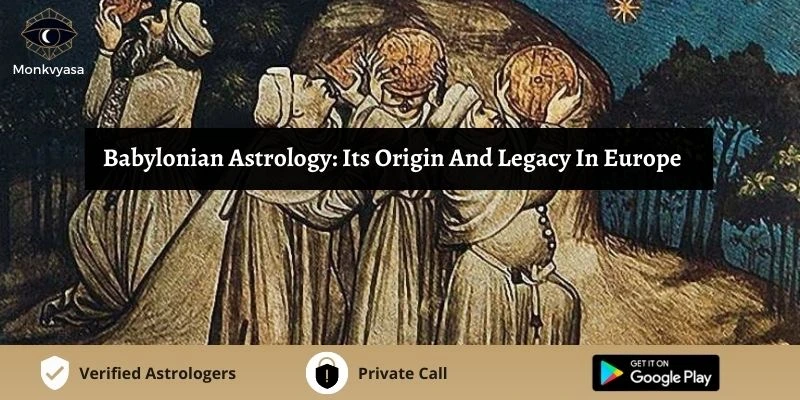

According to the prevalence of horoscope columns in the press and popular periodicals in the twentieth century West, astrology has a key place in popular culture. There hasn’t been much effort put into tracing the reasons for its popularity, let alone examining its nature. From Thorndike (1923-1958) until Tester (1987), most histories of the discipline presume a major conceptual and technological rupture between Babylonian and Greek astrology in the last centuries BCE.
They claim that western astrology effectively died out in the late seventeenth century, when it lost its intellectual legitimacy, and that there is little relationship between then and now. ‘Astrology, a product of Hellenistic civilisation, developed at the end of the third century BCE,’ according to the Encyclopedia of Religion (Culianu, 1987: 472), entirely dismissing any Mesopotamian connection. It was in Greece, about the 4th century BC, when astrology underwent a major development and was considered as regulating all things in the cosmos, including the fortunes of individuals, according to Chambers Encyclopedia (1970: 724).While it is apparent that astrology, like any other belief system, undergoes periods of reinvention as it moves through different cultures and periods, there is a fundamental continuity that can be traced from the earliest Babylonian astrology to the current day. Popular astrology today can thus be seen as a remarkable revival of the practical applications of an ancient non-Western astronomy, that of Mesopotamia four thousand years ago, one that predates all other intellectual pillars of western society, from Greek philosophy to Judaism, Christianity, and modern scientific method.
While it is apparent that astrology, like any other belief system, undergoes periods of reinvention as it moves through different cultures and periods, it is also feasible that it will continue to evolve.
In Babylon, as well as Assyria, which is a direct descendant of Babylonian civilization, astrology is one of the two primary methods used by priests (known as bare or “inspectors”) to determine the will and intention of the gods, the other being the examination of sacrificial animals’ livers (see omen).
Also Read: Vedic Astrology Benefits, History And Disadvantages.
Although isolated allusions to ancient celestial omens dated to this period are not regarded as sufficient evidence to indicate an integrated theory of astrology, there is speculation that astrology of some type appeared in the Sumerian period in the 3rd millennium BC.
Scholarly celestial divination is generally said to have started with late Old Babylonian literature (c. 1800 BC) and continued through the Middle Babylonian and Middle Assyrian periods (c. 1200 BC).
The use of omen-based astrology was widespread by the 16th century BC, as indicated by the creation of the Enuma Anu Enlil, a comprehensive reference work. It included 70 cuneiform tablets with 7,000 heavenly omens on them. Texts from this period also mention an oral tradition, the origins and content of which are unknown. Prior to the 7th century BC, Babylonian astrology was essentially prosaic, and practitioners’ comprehension of astronomy was fairly poor. Because they were unable to reliably foresee future celestial events and planetary movement very far in advance, interpretations were done as the phenomena occurred or just before they occurred. However, by the fourth century, their mathematical methods had advanced enough to determine future planetary locations with considerable accuracy, prompting the publication of lengthy ephemerides. To know more about Babylonian Astrology talk to our best Astrologers.
Follow us on Instagram and Youtube for more Astrological videos.